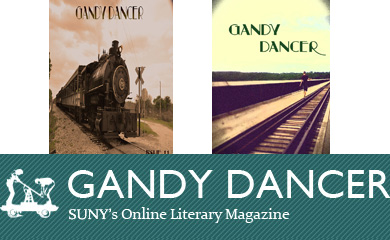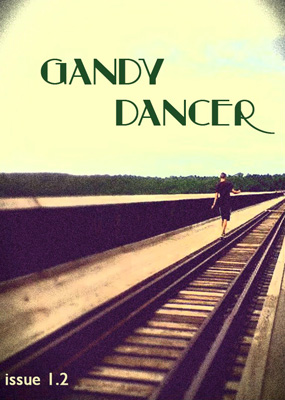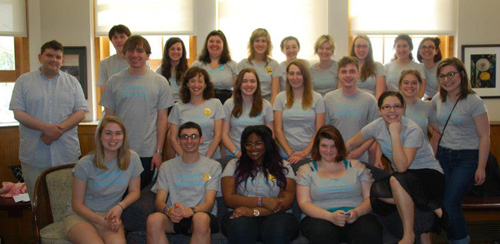
 Or, A Story With a Happy Ending
Or, A Story With a Happy Ending
Written by Rachel Hall
Starting a literary journal at Geneseo had proved difficult for a number of reasons, foremost the cost of producing an attractive and substantive print journal. Another obstacle was maintaining student interest throughout the semester. Students loved the idea of putting together a journal, but with the demands of courses competing for their time and energy, interest invariably flagged, and the many tasks of creating a literary journal were abandoned.
Timing, as they say, is everything. The English department has been, for the last three years, engaged in revising our major to reflect the changes in the discipline. We were rethinking both our notions about what an English major should know and what skills they would need entering a changing workforce. Meanwhile, publishing was undergoing change too. Several of the prestigious literary journals I’d long admired were moving online, while others were upping their online presence with websites and blogs. Some like the Kenyon Review, established by the critic John Crowe Ransom in 1939, for instance, run online editions in addition to their gorgeous print journal. As these journals proliferated, more writers sought online homes for their poems and stories and essays. And for many writers, the benefits of online publication outweighed any perceived stigma.
 If I wanted to prepare Geneseo students for careers in publishing, it seemed essential to provide some hands-on experience with the technology they would need to know. Around this time I visited the Creative Writing Program at SUNY Purchase, and noted with envy their student-led journal, Italics Mine. Perfect bound, visually appealing, and full of compelling student writing and art, Italics Mine, is created by students enrolled in a semester-long editing class, an elective within the Creative Writing major. Here was a model that would work at Geneseo and particularly so with our new curriculum in English. I proposed a class, an editing and production workshop, with the intention of starting an online literary journal called Gandy Dancer.
If I wanted to prepare Geneseo students for careers in publishing, it seemed essential to provide some hands-on experience with the technology they would need to know. Around this time I visited the Creative Writing Program at SUNY Purchase, and noted with envy their student-led journal, Italics Mine. Perfect bound, visually appealing, and full of compelling student writing and art, Italics Mine, is created by students enrolled in a semester-long editing class, an elective within the Creative Writing major. Here was a model that would work at Geneseo and particularly so with our new curriculum in English. I proposed a class, an editing and production workshop, with the intention of starting an online literary journal called Gandy Dancer.
But how was I to do this? Me, who still hand writes her first drafts, who continues to call this blog post an article? Enter, Joe Easterly, or as the founding editors of Gandy Dancer fondly called him, Library Joe. In numerous meetings in and outside of class, Joe listened to what we wanted, asked thoughtful questions about our ideas and suggested various approaches. He taught us how to use OJS and WordPress. He led us through CSS coding and worked to help the students design our journal and our website. This semester, we continue to revise and polish the look and we’ve been thrilled with the work Leah Root and Corey Ha have done to tailor OJS to better suit Gandy Dancer. Without this expertise and support, Gandy Dancer would not exist.
If I was initially dismissive of online publications, the students never shared that bias. They have enthusiastically embraced the medium and are eager to explore the possibilities it provides. One such possibility was our ability to reach readers and writers outside of Geneseo. We decided to make Gandy Dancer a SUNY-wide literary journal, accepting work from the 60+ SUNY campuses, something that OJS makes easy. We’ve received warm support and encouragement from faculty and students at other SUNY campuses and we hope to continue building these connections. Our journal’s name reflects this desire: Gandy dancer is old railroad slang for the workers who tended the tracks, lifting and leveling the railroad ties after a train passed. We like to think we, like the gandy dancers, are helping to take people to new places.
Rachel Hall is a professor of English and the director of the Creative Writing Program at SUNY Geneseo. Believe it or not, her two most recent publications—a short story and an essay–are in online journals. Read them at south85journal.com and soon at lunchticket.org.


